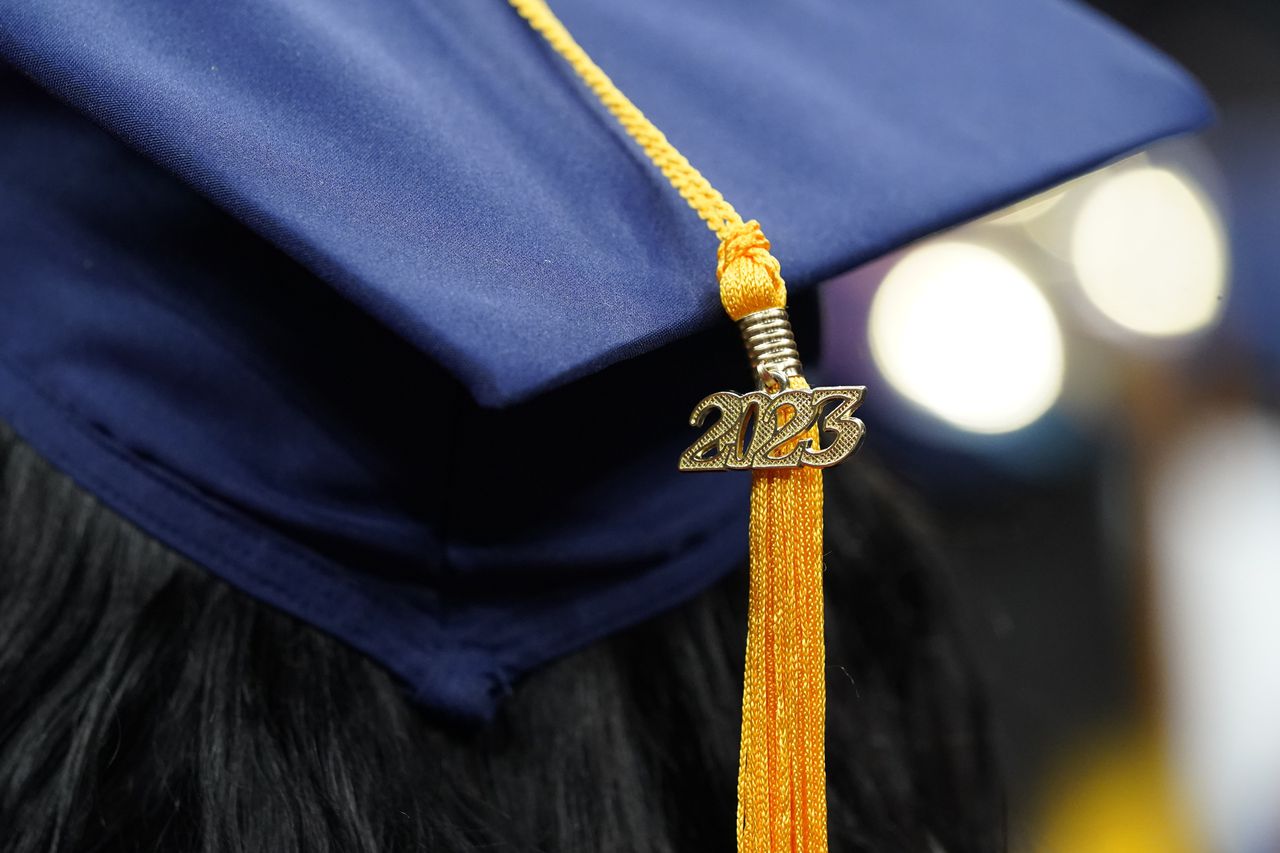Why some peopleâs student loan payments will be much lower in 2024
Even though President Joe Biden’s initial student loan forgiveness plan was blocked by the Supreme Court, many borrowers will still be able to benefit from the new SAVE repayment program.
The income-driven repayment plan is essentially a revamp of the existing REPAYE program. Those currently enrolled in REPAYE will be automatically moved to the SAVE plan.
SAVE calculates payments based on a borrower’s income and family size, not their loan balances, and forgives debt after a certain number of years (typically 20 years of payments). The plan will cut many borrowers’ monthly payments to zero and will save other borrowers around $1,000 a year, according to the White House.
After a three-year pandemic pause, regular payments on federal loans will resume in October. Make sure your loan servicer has your correct information, check your first statement to remind yourself of your monthly payment amount and compare different income-driven repayment plans at financialaid.gov. If you’re already enrolled in an IDR plan, mark a recertification date on your calendar so you don’t forget.
Some SAVE plan, tax benefits kicked in this year
People who enroll in SAVE this year, or who were already enrolled in REPAYE, can expect to see these:
- Exclusion of spousal income for borrowers who are married and file taxes separately: This also means your spouse doesn’t need to co-sign on your income-driven repayment plan application.
- Increased income exemption from 150% to 225% of the poverty line: This means single borrowers in the lower 48 states who earn $32,800 or less or a family of four earning $67,500 or less will have $0 monthly student loan payments.
- No unpaid interest accumulation on subsidized and unsubsidized loans: This means borrowers with $0 payments or payments that are less than the interest charged on their loans won’t see their loan balances increase over time.
That last point is an attempt to target a common complaint about student loans: Ballooning interest can make it hard for people to ever make a dent in the principal balance.
Big changes will come in 2024
Those parts of the plan will be useful for many households, but borrowers who enroll in SAVE won’t see the bulk of the plans benefits until July 2024:
- The SAVE plan will cut undergraduate student loan payments in half from 10% to 5% of discretionary income. Meanwhile, borrowers who have both undergraduate and graduate loans will pay a weighted average between 5% and 10% of their discretionary income based on how much they originally owed on their student loans.
This means that payments will be determined less by the amount of the loan, and more by household size and income. If your income increases, your expected payment will increase.
For example, one person making $60,000 would pay $227 per month, while a family of four with $60,000 in annual income would pay $0.
Other SAVE plan benefits that start in July 2024 include the following:
- Automatic enrollment in IDR for some borrowers who make late payments: Borrowers who pay their student loans at least 75 days late can be automatically enrolled in income-driven repayment if they let the U.S. Department of Education look at their tax information.
- Catch-up payments toward forgiveness: Studentaid.gov says borrowers will have the opportunity to make “catch-up” payments that can help them get credit for certain periods of deferment or forbearance.
- Certain periods of deferment and forbearance will count toward forgiveness: Some periods of deferment and forgiveness will count toward forgiveness.
- Enhanced forgiveness for borrowers who owe $12,000 or less: Borrowers in this category can have their balances forgiven in 10 years instead of 20.
